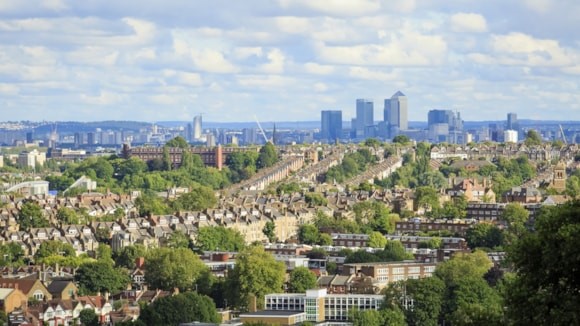Levels of coronavirus are going down in all four nations of the UK, latest figures from the Office for National Statistics (ONS) show. The data provides more evidence that lockdown is working to control the virus, even with the more infectious variants circulating.
The latest R number, estimated to be between 0.7 and 0.9, also suggests infection numbers are shrinking. This is the first time since July that R has been this low. It means, on average, every 10 people infected pass it on to between 7 and 9 more.
Experts warn that infection levels remain high, however. It is not clear yet when lockdown will begin to be lifted. Scientists advising government say the lower the cases can get, the better. Unlocking too soon risks another surge of the virus, even though more people are being vaccinated against the disease every day.
Prime Minister Boris Johnson has said he will outline plans for easing any restrictions in the week of February 22. Getting schools back will be the immediate priority, the government says.
The PM's official spokesman did not rule out that one option being considered is social distancing being maintained until the autumn: "The latest data and evidence clearly shows that we remain in a difficult situation with the pressure on the NHS still very significant. We will set out a gradual and phased approach towards easing the restrictions in a sustainable way."
The ONS figures, based on tests from people whether or not they had symptoms, suggest:
· One in 80 people in England has the virus
· In Northern Ireland, it is one in 75
· In Wales, it is one in 85
· In Scotland, it is one in 150
London continues to have the highest proportion of people likely to test positive for coronavirus in any region of England, with around one in 60 estimated to have had Covid-19 in the week up to 6 February. The ONS's data is slightly out of date - covering the week up to 6 February - so may not reflect the situation right now.
Senior Statistician Sarah Crofts said: "Rates of infection remain high but have continued to decrease in England and across the UK.
"The percentage of positive cases compatible with the new UK variant also continues to decrease in all regions of England except for Yorkshire and The Humber, the East Midlands and the South West where trends remain uncertain."

















